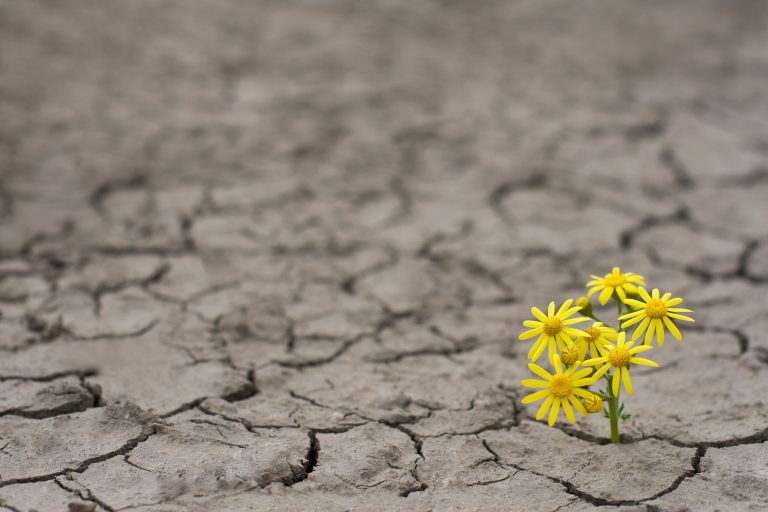“A flower does not think of comparing itself to the flower next to it. It just blooms.”
– As quoted by the Zen Shin practice of meditation
Throughout our day, we make conscious decisions to take care of ourselves. We exercise our bodies to stay strong, choose healthy foods to stay nourished, and replenish ourselves with sleep. But a growing body of research about practicing gratitude tells us that we can also increase our well-being by simply being present in the moment and pausing to appreciate what we have and experience. By committing to a daily practice of gratitude, we can develop a life orientation that can increase our happiness and optimism, positively impact our relationships, and improve our overall health and well-being.
Gratitude is pure appreciation. It involves stopping in the moment to acknowledge the joy of what we have and expressing our gratefulness for it. But a gratitude mindset – truly living your life using a lens of gratitude – goes beyond a head nod to a stranger for opening the door. Developing a mindset of gratitude allows us to enhance our optimism, attract good things and foster resilience. It helps us expand our ability to enjoy life and erases opportunities for negative feelings, like jealousy and resentment. In short, gratitude makes us even happier.
While the concept of appreciation seems simple, developing a daily practice of gratitude requires some discipline to make it a habitual focus of our self-care. Here are five easy ways to incorporate gratitude into your day.
- Track it. Keep a daily gratitude journal by pausing at the end of your day and writing down things for which you are grateful. These can range from the obvious, such as you’re grateful for being alive, to the seemingly mundane, like, you appreciate that your partner replaced the toothpaste cap. Whatever you are thankful for in the moment. You might find a more restful night: a 2011 study published in Applied Psychology: Health and Well-Being demonstrated that grateful people who wrote in a gratitude journal actually slept better.
- Tell it. Practicing gratitude by telling others what we appreciate about them not only makes them feel good, it makes us feel good, too. Take the time to leave a thank-you-note for your co-worker when you appreciate their support of your idea. Hug your partner and tell them how you enjoyed the extra five minutes you shared over your morning coffee. Letting others know you appreciate them can improve communication and strengthen your relationships.
- Flip it. Bad things happen. Mistakes are made. No one is perfect. But a mindset of gratitude lets us appreciate the bad with the good. When something harmful happens, pause to reflect and find one positive aspect from the negative experience. Challenges present us with opportunities to improve. Even in loss, we can find appreciation for what we do have.
- Surround yourself with it. Like any new habit or skill we wish to develop, we must make an effort to learn about it. Take time to learn more about the practice of gratitude and keep the concept visible. Utilize apps on your smart phone to read positive affirmations. Seek out books, quotes, and most importantly, other people who help you be a better person. By being with others who live a mindset of gratitude, we are more likely do so ourselves.
- Share it. We know from the Law of Attraction that what we project out into the universe helps us manifest it for ourselves. Smile at a stranger. Post quotes about gratitude on your social media accounts. Buy coffee for the person in line behind you. Send a postcard to a distant relative. Pick up someone else’s trash. Text your niece. Hi-five your gym mate. Send gratitude out to the universe and watch it come back to you three-fold.
Making the commitment to developing a gratitude practice on a daily basis can help form a habit of gratitude – and form a mindset that can help us live happier, healthier, and more meaningful lives.




